RALLY FOR RESEARCH
Research dollars are allocated and projects implemented to improve returns for farmers. If the sector is to succeed, we should not lose the courage to invest in it.

Research dollars are allocated and projects implemented to improve returns for farmers. If the sector is to succeed, we should not lose the courage to invest in it.
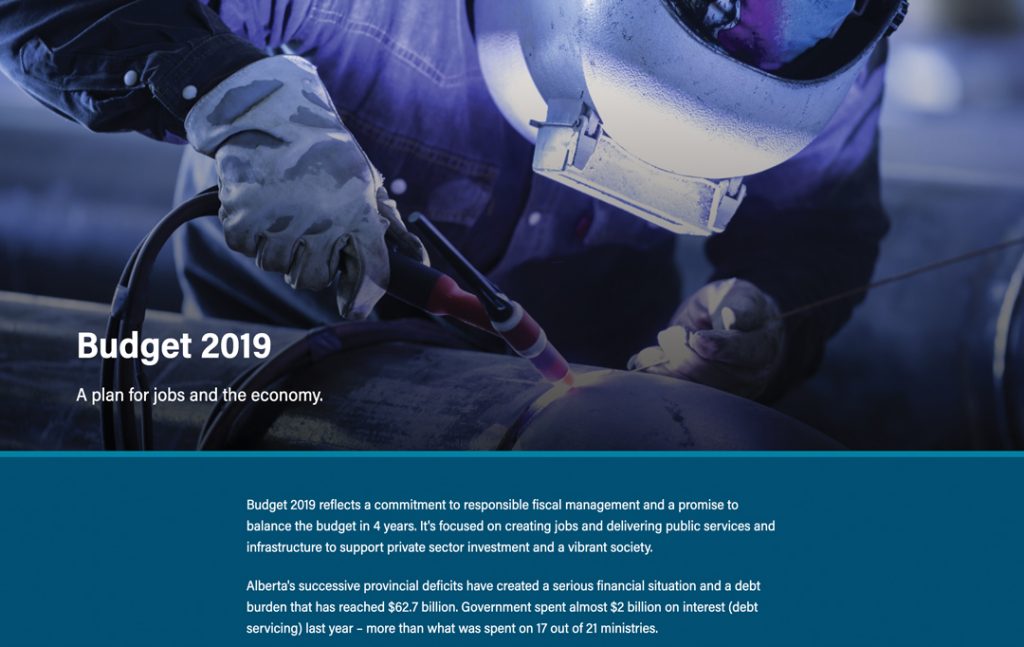
Alberta crop and livestock commodity organizations are hoping the provincial government sticks to its plan to tighten agricultural spending while leaving key programs and services in place, if not enhanced.
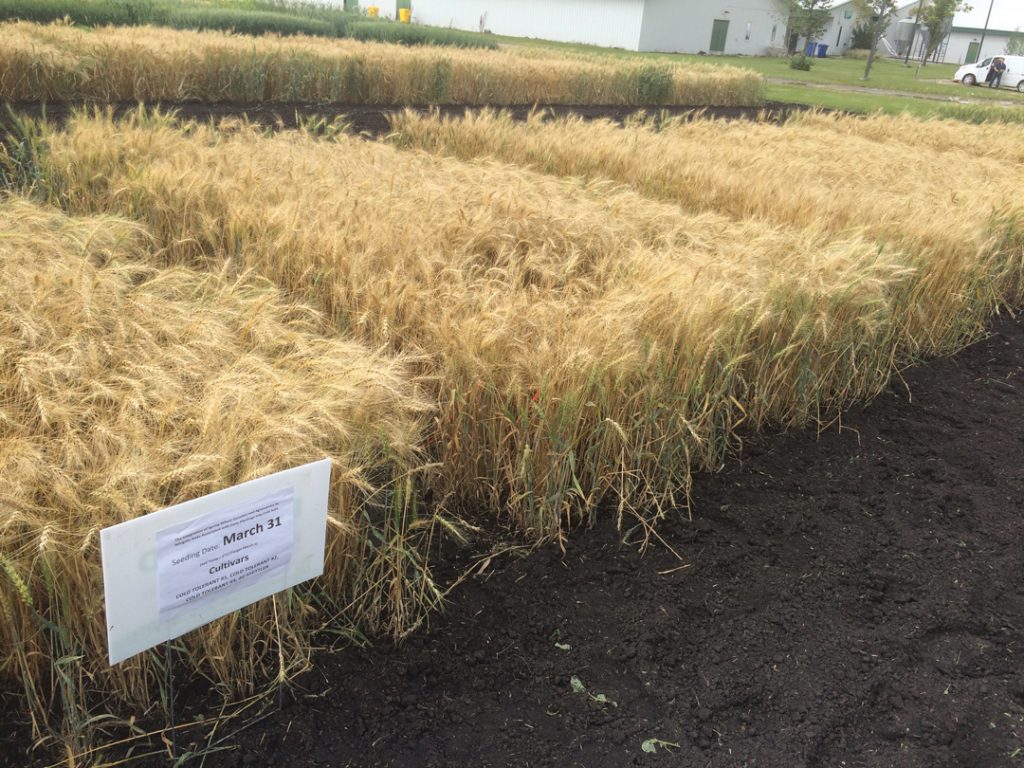
Spring wheat is Western Canada’s most significant crop. In the northern Prairies, though, much of the wheat grown for bread ends up being downgraded due to frost damage. This creates difficulties for farmers at harvest, but also impacts their bottom line. Dean Spaner, a University of Alberta Faculty of Agricultural, Life and Environmental Sciences professor, is addressing the problem in a research project funded by the Alberta Wheat Commission (AWC). The initiative will examine early-maturity traits in the hopes of addressing the challenge.
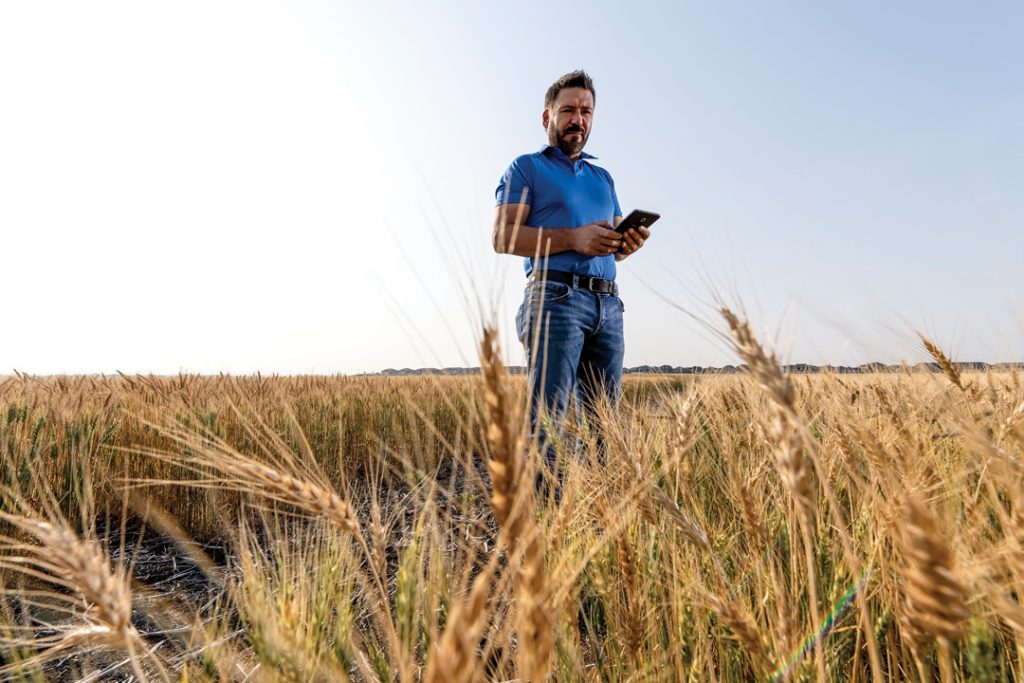
Internationally known for his work, Curtis Pozniak is a wheat breeder and professor at the University of Saskatchewan Crop Development Centre. His busy schedule incorporates field work, tours, multiple global research projects as well as speaking engagements. Pozniak recently took time out fro his work to talk with GrainsWest about the latest scientific advancements in variety creation.
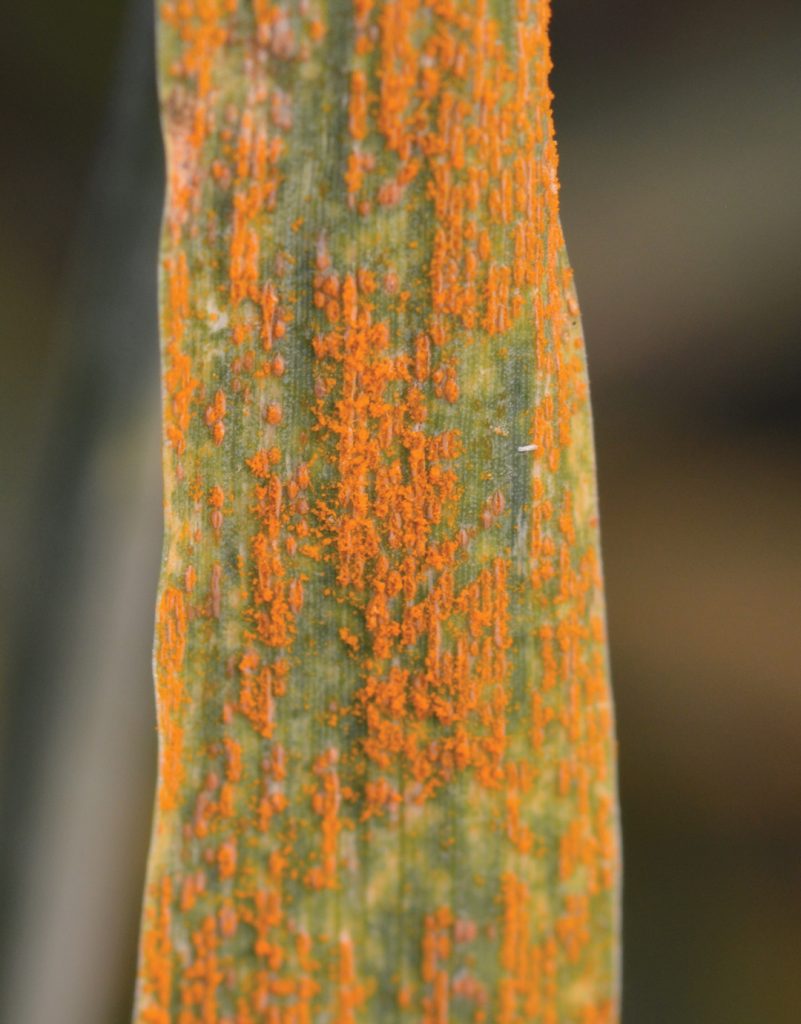
Present in this province for almost a century, stripe rust is not new to Alberta cereal farmers. However, disease outbreaks have been increasing in frequency and severity, creating a push for research into better management of rust.
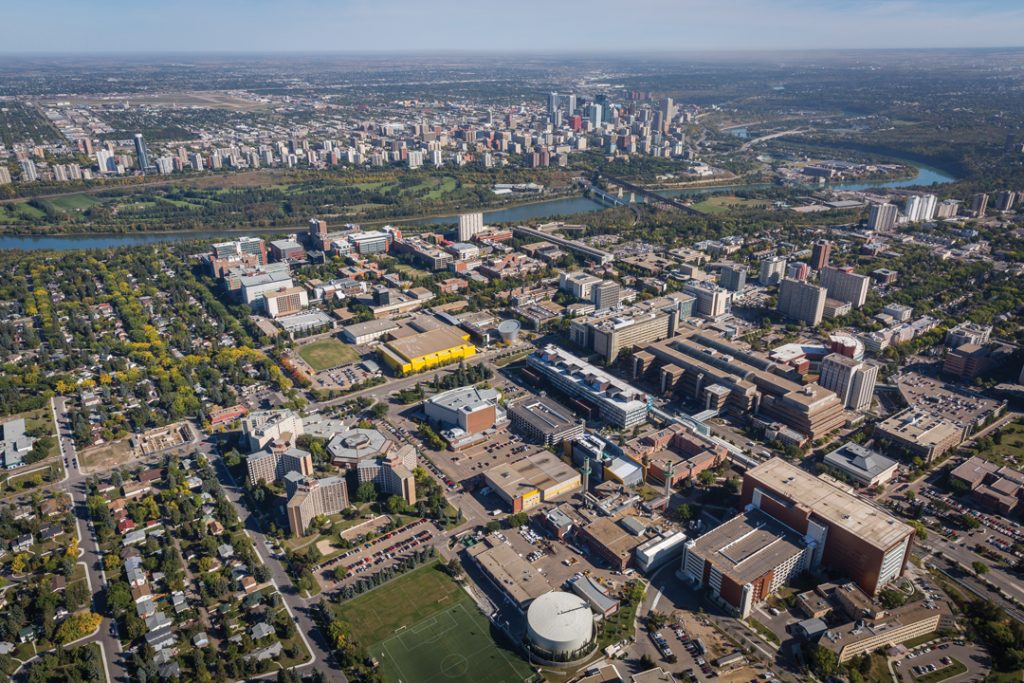
Alberta Wheat Commission (AWC), Alberta Barley, Alberta Pulse Growers and Alberta Canola Producers have teamed up
with the university and Western Grains Research Foundation (WGRF) to fund positions in agricultural entomology, soil health and a third chair now in development, the details of which have not been announced. Once candidates are hired, matching funding will be sought from the Natural Sciences and Engineering Research Council of Canada.